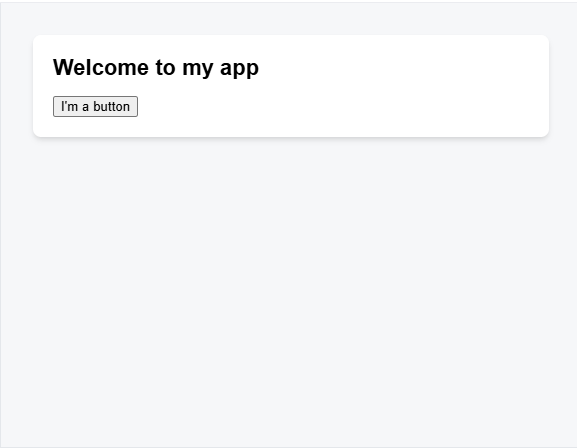
When it comes to front-end development, three JavaScript frameworks stand out among the rest - Angular, React, and Vue.js. These frameworks have gained massive popularity in the web development community and are widely used by developers to build dynamic and interactive web applications. Let's dive deeper into the history, pros and cons, and the future prospects of these top 3 JavaScript frameworks.
Angular
Angular was initially developed by Google in 2010 as AngularJS and later rebranded as Angular. It is a comprehensive framework that offers a complete solution for building client-side applications.
You can get more info at Learn Angular.
Code Example:
import {Component} from '@angular/core';
import {FormsModule} from '@angular/forms';
import {bootstrapApplication} from '@angular/platform-browser';
@Component({
selector: 'app-root',
template: `
<label for="name">Name:</label>
<input type="text" id="name" [(ngModel)]="name" placeholder="Enter a name here" />
<hr />
<h1>Hello {{ name }}!</h1>
`,
imports: [FormsModule],
})
export class DemoComponent {
name = '';
}
bootstrapApplication(DemoComponent);
Pros:
- Two-way data binding makes it easier to synchronize data between the model and the view.
- Built-in dependency injection system simplifies the management of components.
- Extensive documentation and strong community support.
Cons:
- Steeper learning curve compared to other frameworks.
- Larger file size which can affect the performance of the application.
Future:
Angular continues to evolve with regular updates and improvements. The latest version, Angular 12, focuses on performance enhancements and developer productivity.
React
React was developed by Facebook in 2013 and is known for its component-based architecture, which allows developers to build reusable UI components.
You can get more info at Learn React.
Code Example:
function MyButton() {
return (
<button>
I'm a button
</button>
);
}
export default function MyApp() {
return (
<div>
<h1>Welcome to my app</h1>
<MyButton />
</div>
);
}

Pros:
- Virtual DOM for optimal performance by only updating components that have changed.
- React Native for building mobile applications using JavaScript.
- Rich ecosystem with libraries like Redux for state management.
Cons:
- Lack of official documentation compared to Angular.
- Requires additional libraries for state management and routing.
Future:
React remains one of the most popular front-end frameworks, with constant updates and improvements. Features like Concurrent Mode and Suspense promise to improve user experience and performance.
Vue.js
Vue.js was created by Evan You in 2014 with the aim of being a flexible and approachable framework for building web interfaces.
You can get more info at Learn Vue.js.
Code Example:
import { createApp, ref } from 'vue'
createApp({
setup() {
return {
count: ref(0)
}
}
}).mount('#app')
<div id="app">
<button @click="count++">
Count is: {{ count }}
</button>
</div>
Pros:
- Easy to learn and quick to set up for beginners.
- Light-weight and has a smaller file size compared to Angular and React.
- Simple syntax and a gradual learning curve.
Cons:
- Smaller ecosystem compared to Angular and React.
- Limited resources and community support.
Future:
Vue.js has been gaining traction in recent years due to its simplicity and ease of use. With the growing community and support, Vue.js is expected to continue to thrive and improve in the future.